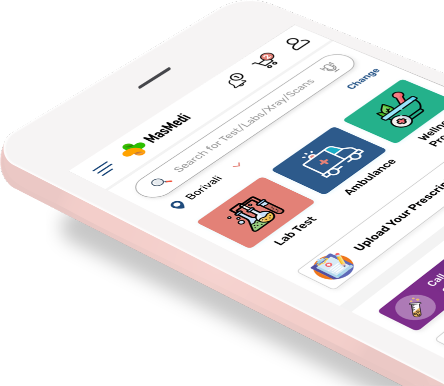Sample Type
Gender
Age Group
Blood
Both
All Age Group
The body employs the protein haptoglobin, which is made by the liver, to remove free haemoglobin (found outside of red blood cells), from circulation. The protein complex called haemoglobin, which contains iron, carries oxygen throughout the body. There is relatively little of it that is seen freely circulating in the blood; it is often located inside red blood cells (RBCs). In the blood, haptoglobin binds to free haemoglobin. The liver quickly removes this haptoglobin-hemoglobin complex from circulation so that it can be broken down and the iron regenerated. Along with preventing haemoglobin from being filtered by the kidneys and excreted in the urine, which can be toxic to the kidneys, the haptoglobin-hemoglobin complex also inhibits haemoglobin from being excreted in the urine.
best labs
Option Near Youlab comparison
As per your budgetAffordable
Price GuaranteedUNBIASED ADVICE
On LabsSUNDAY LAB
Labs available on SundaysTracking health status made easy with the app. Now available on both Google Play Store and App Store. Book health tests and access your smart reports and health trackers anytime anywhere.
